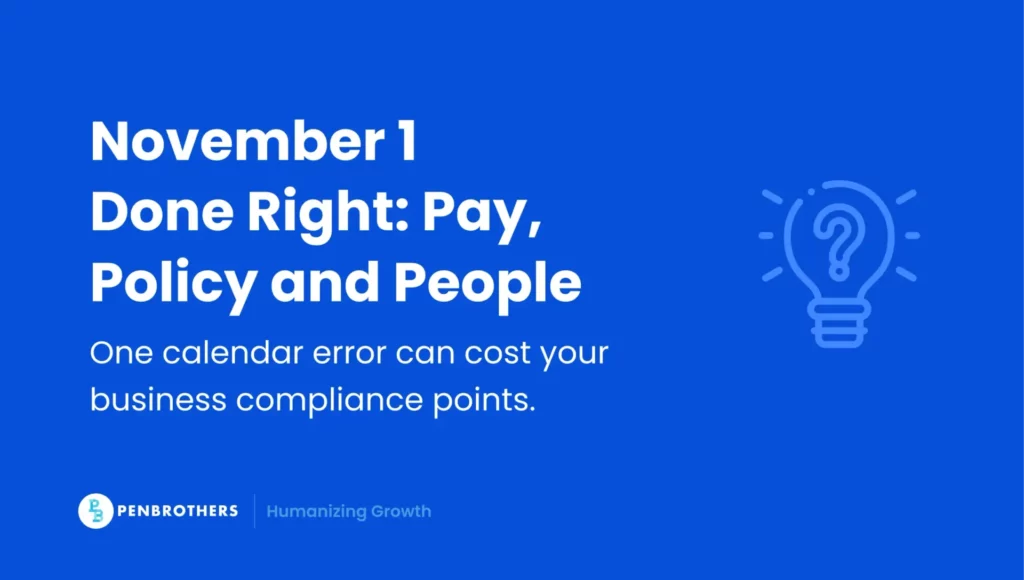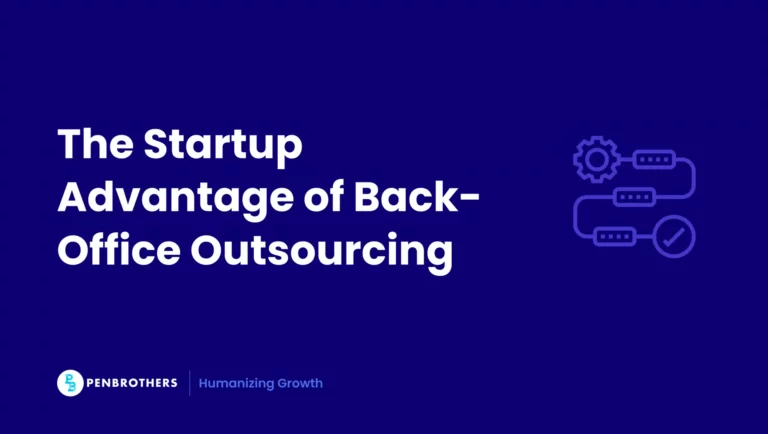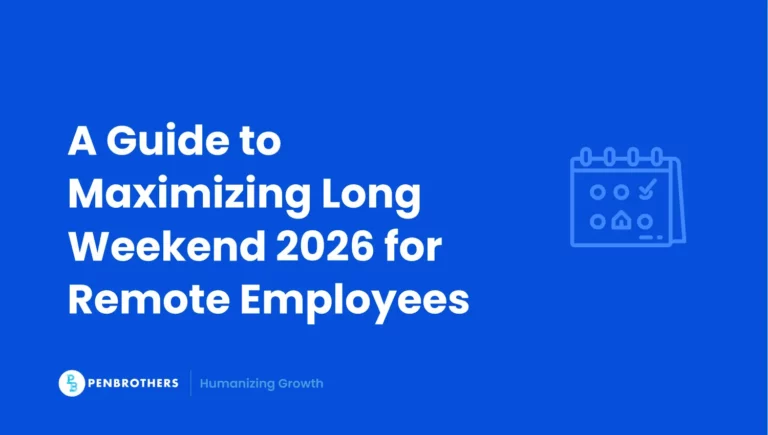Key Takeaways
- November 1 is a special non-working holiday, not a regular holiday. This affects pay rates and operations.
- Payroll accuracy and early planning prevent costly compliance errors and improve employee trust.
- Empathetic scheduling allows teams to stay operational while respecting cultural and personal observances.
Every November, HR teams and remote managers find themselves asking the same question: “Is November 1st a regular holiday?” It’s a seemingly simple query that can have major implications for payroll accuracy, employee scheduling, and compliance.
For remote-first companies, especially those operating across time zones, understanding how holidays are classified in the Philippines is essential. Doing so maintains trust and legal compliance while keeping operations on track. Let’s unpack what this means for both employers and employees, and how distributed teams can plan better around it.
November 1: Regular or Special Holiday?
In the Philippines, November 1 (All Saints’ Day) is classified as a special non-working holiday, not a regular holiday. This distinction is crucial because the computation for pay and leave benefits differs depending on how the day is categorized.
Under the Department of Labor and Employment (DOLE) guidelines:
- If the employee did not work, they’re not entitled to pay, unless a company policy, CBA, or practice states otherwise.
- If the employee did work, they are entitled to an additional 30% of their daily rate for the first eight hours.
Why It Matters
Misclassifying November 1 as a regular holiday (which requires 200% pay) can lead to overpayment and reconciliation headaches in payroll. For global companies managing teams in the Philippines, this can easily snowball into inconsistent pay runs and compliance risks.
How Holiday Classifications Affect Payroll
Holiday classifications aren’t just calendar notes. They directly affect payroll accuracy, budget allocation, and legal compliance.
Key compliance areas to double-check:
- Holiday pay calculations: Apply the correct multiplier (special vs. regular).
- Attendance and timekeeping: Document all shifts rendered on holidays for audit purposes.
- Policies and precedents: Ensure internal policies align with DOLE’s labor advisories each year.
- Client-specific contracts: Some global clients may operate normally; establish clear terms on coverage and pay.
For HR and payroll teams, getting these details right isn’t just about compliance. It builds credibility and ensures that every employee feels fairly compensated.
Remote Operations on November 1: Balancing Rest and Continuity
Managing remote teams during holidays requires a balance of empathy and efficiency. While some roles must remain active to support clients abroad, others can pause operations.
Best practices for remote managers:
- Plan early. Publish a holiday schedule that clearly states which dates are regular or special non-working holidays.
- Rotate responsibilities. Distribute coverage so no single employee works all holidays.
- Respect time zones. Ensure international teams understand which Philippine holidays affect availability.
- Use asynchronous workflows. Encourage async updates, documentation, and project boards to reduce dependence on real-time meetings.
- Acknowledge cultural significance. For many Filipino employees, November 1 is a time for family visits and remembrance. Recognizing this fosters trust and inclusion.
Operational readiness doesn’t have to come at the expense of rest. Smart scheduling and empathetic leadership make it possible to stay productive while honoring cultural observances.
Payroll and Scheduling Scenarios for Remote Teams
To make compliance practical, here’s how to handle different scenarios during special holidays like November 1:
| Scenario | Entitlement/Guideline |
| Employee does not work | No pay (unless company policy or CBA states otherwise) |
| Employee works (8 hours) | 130% of daily rate |
| Employee works (overtime) | Additional 30% of hourly rate for overtime hours |
| Employee works on a special holiday that also falls on rest day | 150% of daily rate |
| Employee works on special holiday + rest day (OT) | Additional 30% of hourly rate of 150% |
Always communicate these rates in advance. Employees should understand how their pay will be affected, especially in fully remote setups where transparency replaces traditional HR visibility.
Practical Tips for HR & Payroll Teams
Compliance isn’t just about knowing the law. It’s about building consistent systems that prevent errors.
Actionable tips:
- Integrate DOLE advisories directly into payroll software or templates.
- Automate attendance tracking using time logs synced with your project management tools.
- Set up notifications for recurring holidays to prevent manual recalculations.
- Document approvals for employees volunteering to work on holidays.
Cultural sensitivity tip: Encourage employees to plan their time off early, especially for family-centered holidays like All Saints’ Day and All Souls’ Day (November 2).
How Penbrothers Ensures Compliance and Continuity
At Penbrothers, ensuring teams remain compliant and cared for isn’t a seasonal concern. It’s part of the operational backbone.
The company’s payroll operations and compliance frameworks are built to:
- Automatically classify holidays and compute pay rates correctly.
- Ensure on-time payroll runs even during holiday-heavy months.
- Support client-specific arrangements without compromising legal accuracy.
- Promote work-life balance through fair scheduling and cultural awareness.
This balance of compliance precision and operational empathy ensures global clients maintain service continuity while Filipino employees enjoy well-deserved rest.






